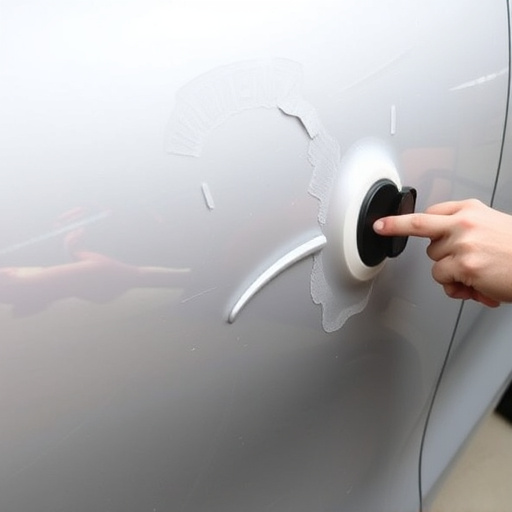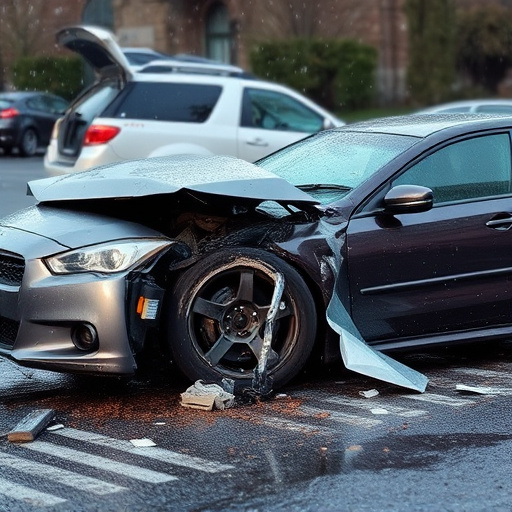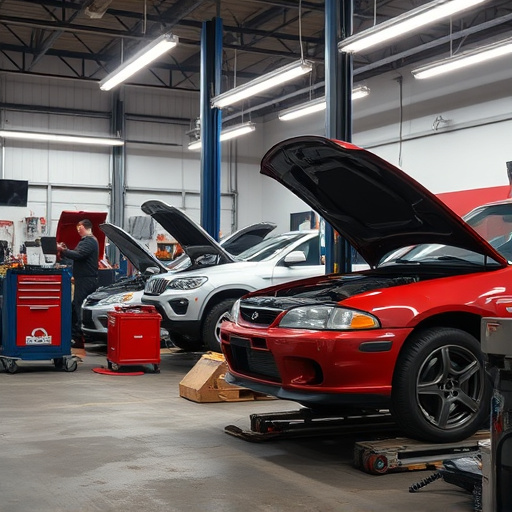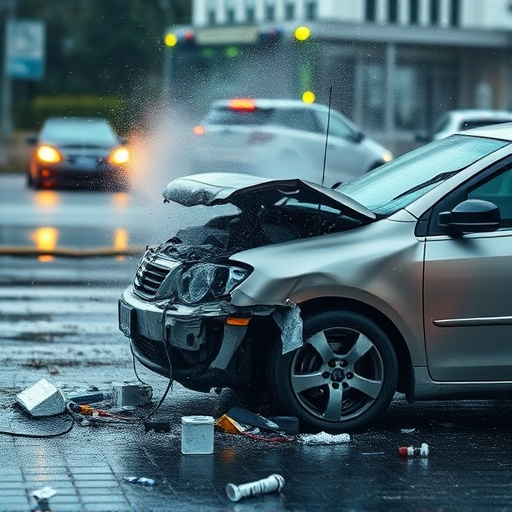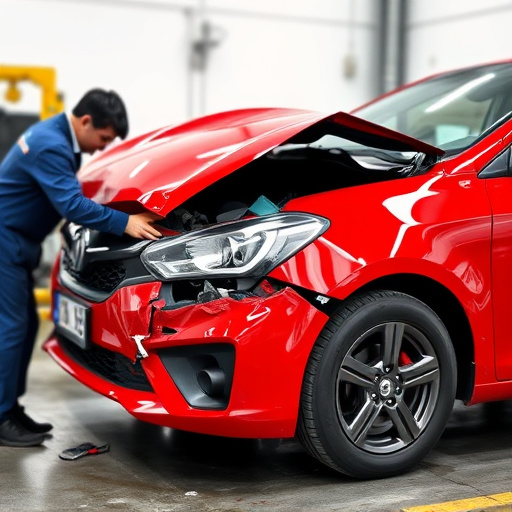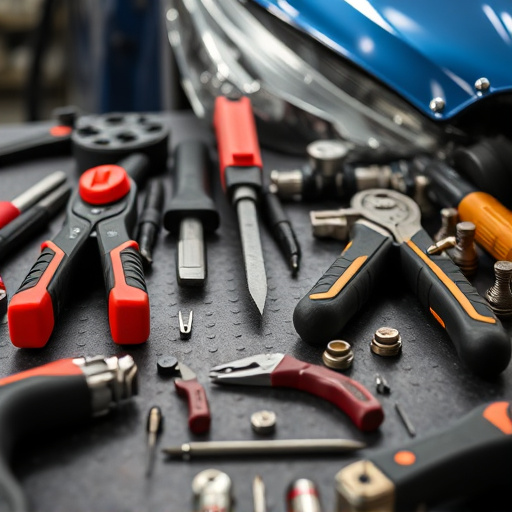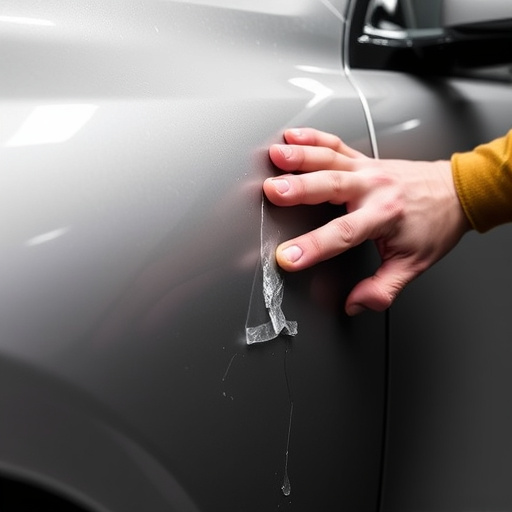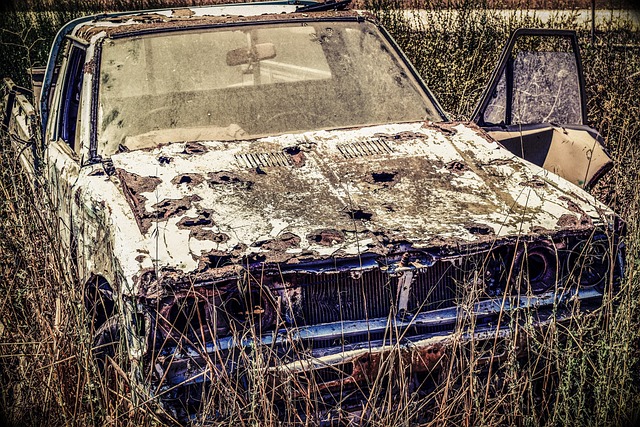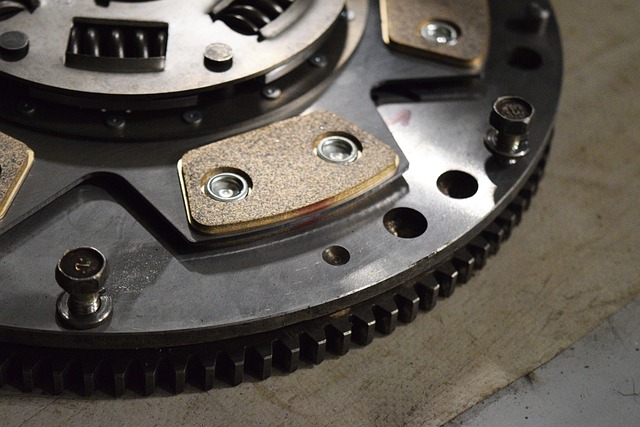Paintless Dent Repair (PDR) is a non-invasive, cost-effective method for vehicle damage restoration, utilizing specialized tools and advanced knowledge to reshape dented areas without disturbing structural integrity or repainting. Popular among insurance companies and car owners, PDR techniques preserve vehicle value and offer seamless repairs that blend with existing paintwork, making it ideal for minor dents, dings, and scratches. While not suitable for severe damage, PDR is a swift and eco-friendly alternative to traditional auto body painting processes.
Discover the revolutionary power of PDR (Paint Damage Repair) techniques in minimizing paint damage on vehicles completely. This non-invasive repair method offers a game-changing approach to automotive care, eliminating the need for costly and time-consuming traditional repairs. From understanding the basics of PDR to exploring its step-by-step process and weighing advantages against disadvantages, this article provides an in-depth look at why PDR techniques are transforming the auto repair landscape.
- Understanding PDR: A Non-Invasive Repair Method
- The Step-by-Step Process of PDR for Complete Paint Damage Removal
- Advantages and Disadvantages: Why PDR is a Game-Changer in Automotive Repairs
Understanding PDR: A Non-Invasive Repair Method

PDR, or Paintless Dent Repair, is a groundbreaking non-invasive repair method that revolutionizes the way we address paint damage on vehicles. Unlike traditional collision repair methods that involve frame straightening and extensive repainting, PDR techniques focus on restoring the vehicle’s original finish without disrupting its integrity. This advanced approach is particularly beneficial for minor dents, dings, and scratches, offering a cost-effective and time-saving solution.
In a car body shop, PDR specialists utilize specialized tools and a deep understanding of materials to massage and manipulate the dented area back to its original form. By avoiding aggressive methods like hammering or cutting, PDR preserves the vehicle’s value and ensures a seamless repair that blends seamlessly with the existing paintwork. This innovative process has transformed the collision repair industry, making it a preferred choice for both insurance companies and car owners seeking high-quality, non-intrusive repairs.
The Step-by-Step Process of PDR for Complete Paint Damage Removal
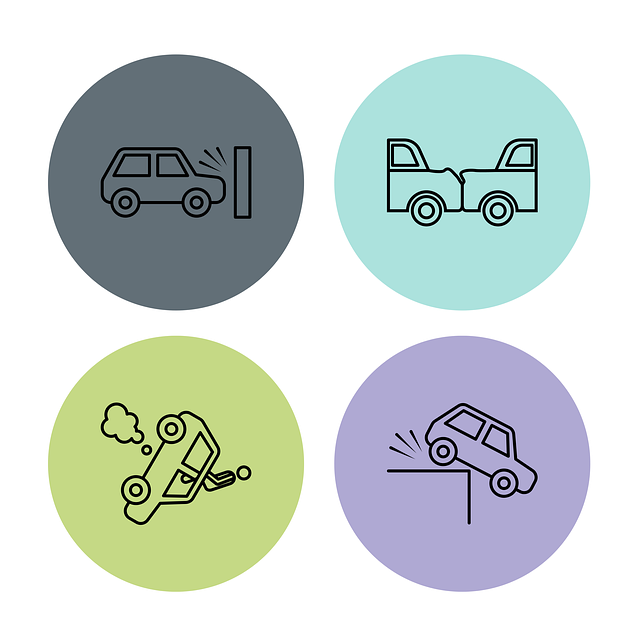
The process of Paintless Dent Repair (PDR) is a meticulous art that involves several precise steps to completely remove paint damage from vehicles without compromising their finish. It begins with an assessment, where trained technicians inspect the dented area, determining its size, depth, and location. This step is crucial as it dictates the subsequent repair strategy.
Once the analysis is complete, the PDR expert uses specialized tools like dent pullers or paddles to gently apply force around the edge of the dent. This process creates a precise opening in the paint, allowing access to the underlying panel without affecting the surrounding areas. After removing the damaged paint, further techniques such as tapping and massage are employed to reshape the metal back to its original form. Finally, a careful inspection ensures that the repair is flawless, leaving no trace of the previous dent, and restoring the car’s exterior to near-original condition, with minimal to no new paint required. This step-by-step approach showcases the effectiveness of PDR techniques in providing top-notch auto frame repair and exceptional car repair services.
Advantages and Disadvantages: Why PDR is a Game-Changer in Automotive Repairs

PDR techniques (Paintless Dent Repair) have emerged as a game-changer in automotive repairs due to their unique advantages. One of the primary benefits is minimal interference with the original auto body and paint finish. This not only conserves resources but also ensures that vehicles retain their factory appearance, enhancing resale value. PDR experts use specialized tools and techniques to remove dents and scratches without sanding or repainting, making it an eco-friendly and cost-effective solution compared to traditional auto body painting methods.
However, there are some disadvantages to consider. PDR may not be suitable for severe damage cases where the panel is bent or the paint is completely damaged. In such scenarios, automotive collision repair or auto glass repair might be necessary. Nonetheless, for minor dents and scratches, PDR offers a faster and more affordable alternative, making it a preferred choice for many vehicle owners looking to avoid extensive auto body painting processes.
PDR techniques have revolutionized automotive repairs by offering a non-invasive, efficient, and cost-effective solution for minimizing paint damage completely. By understanding the step-by-step process and appreciating the advantages over traditional methods, it’s clear that PDR is a game-changer in the industry. These innovative techniques not only preserve the car’s aesthetics but also ensure structural integrity, making them a reliable choice for both professionals and vehicle owners alike.
